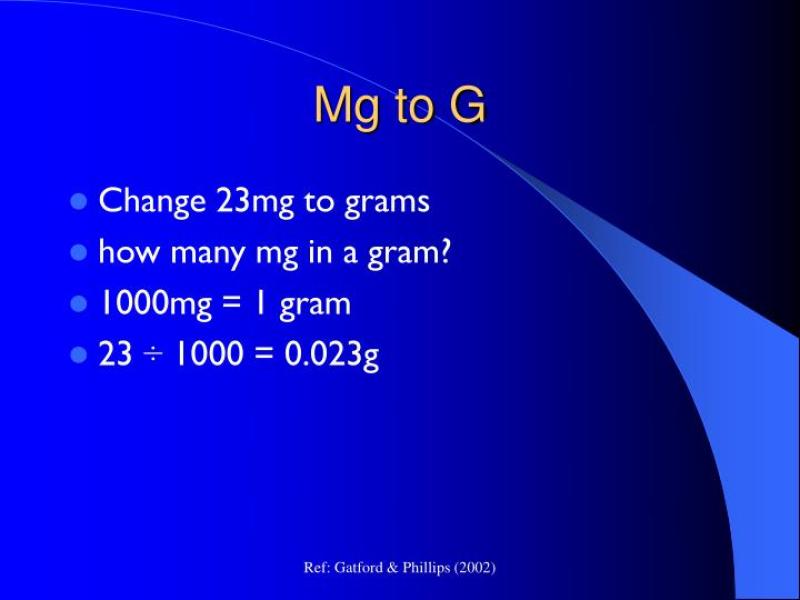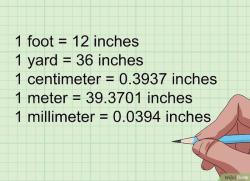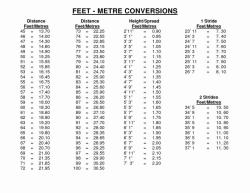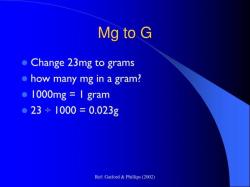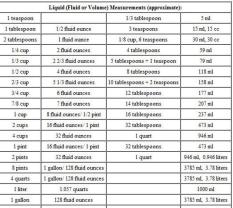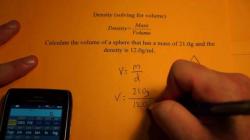How do you convert mg to milliliters?
To convert milligrams (mg) to milliliters (mL), you need to know the density of the substance in question. The relationship between milligrams and milliliters is determined by the density, which represents the mass per unit volume. The formula for this conversion is:
Here's a practical approach to converting milligrams to milliliters:
Determine the Density:
- Find the density of the substance in milligrams per milliliter (mg/mL). This information is crucial for the conversion and is often provided in reference materials, textbooks, or on the product label.
Understand the Relationship:
- Recognize that density is a measure of how much mass is contained in a given volume. To convert milligrams to milliliters, you need to use the density as a conversion factor.
Use the Formula:
- Apply the formula:
Perform the Calculation:
- Divide the mass in milligrams by the density to obtain the volume in milliliters.
Example:
Let's say you have 500 mg of a substance with a density of 2.5 mg/mL.
The result would be 200 mL.
Keep in mind the following tips:
Ensure that your units are consistent. If the density is given in milligrams per milliliter (mg/mL), use milligrams for mass and milliliters for volume.
Be aware that density can vary with temperature and pressure. Use the density value that corresponds to the specific conditions under which you are working.
This conversion is applicable when dealing with substances for which the density is known. If the density is not provided, or if the substance is not homogeneous, a different approach may be needed.
Sure, here's a detailed explanation of how to convert milligrams to milliliters:
Unit conversion challenge: How do you convert mg to milliliters?
Converting milligrams (mg) to milliliters (mL) involves understanding the relationship between mass and volume. Milligrams are a unit of mass, while milliliters are a unit of volume. To convert between these units, you'll need to know the density of the substance you're working with.
Density is defined as mass per unit volume and is typically expressed in units of grams per milliliter (g/mL) or milligrams per milliliter (mg/mL). Since 1 gram is equal to 1000 milligrams, you can convert between these density units using the following equation:
mg/mL = (g/mL) × (1000 mg/g)
Step-by-step instructions for converting milligrams to milliliters
Identify the substance: Determine the substance you want to convert from milligrams to milliliters. This will help you find its density.
Find the density: Look up the density of the substance in a reference table or online resource. Density values are typically provided in units of g/mL or mg/mL.
Measure the mass: Measure the mass of the substance in milligrams (mg).
Apply the conversion formula: Use the following formula to convert milligrams to milliliters:
mL = mg / density
Where:
mLis the volume in millilitersmgis the mass in milligramsdensityis the density of the substance in mg/mL
- Interpret the result: The result will give you the volume of the substance in milliliters.
Tips for pharmacy students and healthcare professionals in accurate unit conversions
Accuracy is crucial: In pharmacy and healthcare settings, accurate unit conversions are essential for ensuring patient safety and proper medication administration.
Use reliable resources: Always consult reliable sources, such as medication labels, reference books, or online calculators, to obtain accurate density values.
Double-check calculations: Develop a habit of double-checking your calculations to minimize errors and ensure precision.
Seek clarification when needed: If you encounter any uncertainties or discrepancies, seek clarification from experienced colleagues or supervisors to prevent mistakes.
Stay updated on new units: Keep up with the introduction of new units or changes in existing units to maintain accuracy and avoid confusion.
